
Tag Archives Fodder

Look to more than calendar for best time to plant soybeans
Soybeans don’t like cold and they are very susceptible to spring frost

Soybeans — it might be OK to go easy on the inoculant
MPGA tests also show little or no benefit in using fungicides
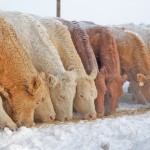
Properly processed feed wheat doesn’t cause tummy trouble
Researchers in Lethbridge swapped wheat for barley in a cattle ration without any negative effects — but the wheat must be properly processed

Struggle to rebuild pasture after the flood(s)
One farmer tells his story and talks about how he restored his forage and feed acres

Short hay this year? Try grain
MAFRD nutritionists have developed a feeding schedule to accommodate producers’ wallets during feed shortages

VIDEO: Quebec haymakers use homemade dryer to improve hay quality
The Normandins also modified a small hay baler to convert big square bales into small ones
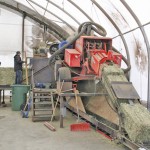
CFGA makes the case for more publicly funded forage research
The association also has a plan for performance testing new varieties and restoring lost inoculants
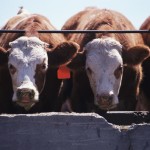
Cattle producers have forage concerns after wet season
High nitrate levels in frost-stressed crops can be fatal for cattle
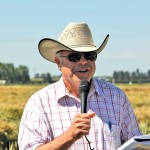
Swath grazing cereals saves half of overwintering costs in beef cattle
With new higher-yielding, higher-quality forage cereals in the works, there has never been a better time for beef cattle producers to try swath grazing cereals
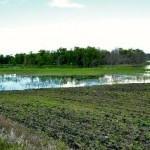
Cereal research programs set back a season from summer flooding
2014’s flooding is the latest along in the growing season anyone can remember, say BRC staff


